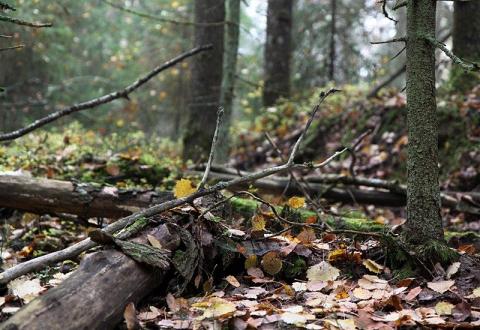
Three quarters of the forest habitat types in Finland have been classified as endangered. The main cause of this is the use and management of forests. According to researchers, the situation would be even worse without nature management efforts, and they recommend that the efforts are intensified.
The assessment of endangered habitat types in Finland, published in December, contained no great surprises as regards forests. The main causes of threats are the absence of deadwood and large-size legacy trees in forests.
The threats were assessed on the basis of guidelines developed by the International Union for Conservation of Nature, IUCN. Three time-frames were used: from the 1750s to the present, as well as the past and next 50 years.
A great number of changes leading to the endangeredness of forest habitat types have taken place since the 1750s. Changes during the past 50 years have caused the weakening of 41 percent of habitat types.
48 percent of all Finnish habitat types were assessed as being endangered. The greatest threat is faced by traditional agricultural habitat types, and all of them were classified as critically endangered. As regards forests, the only habitats assessed as being critically endangered were relatively dry mineral soil forests as well as both young and old dry mineral soil forests in southern Finland.

